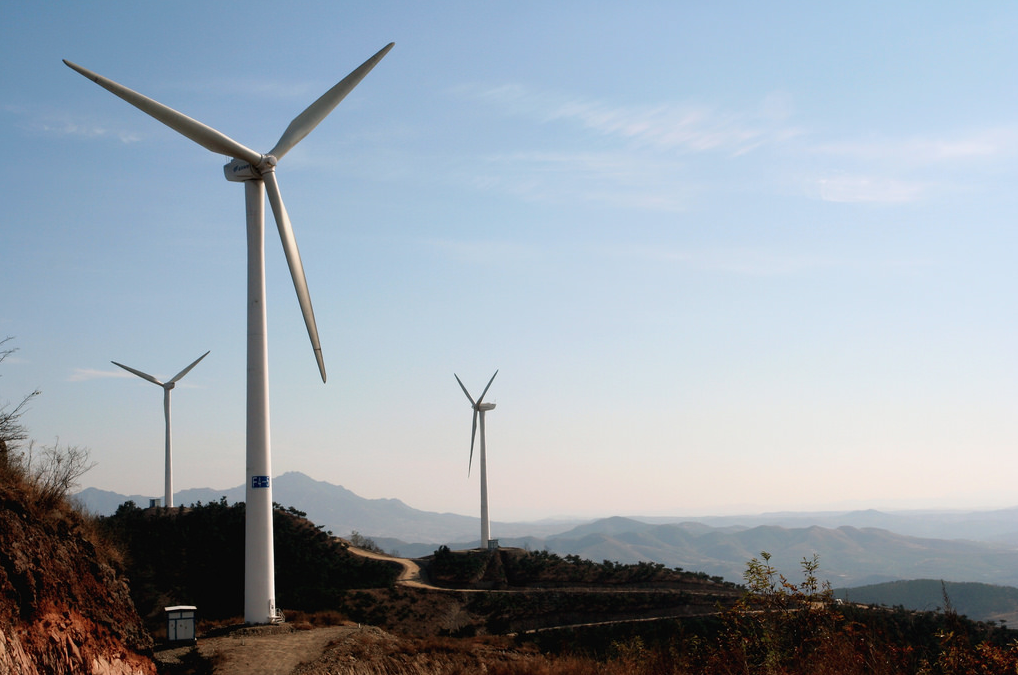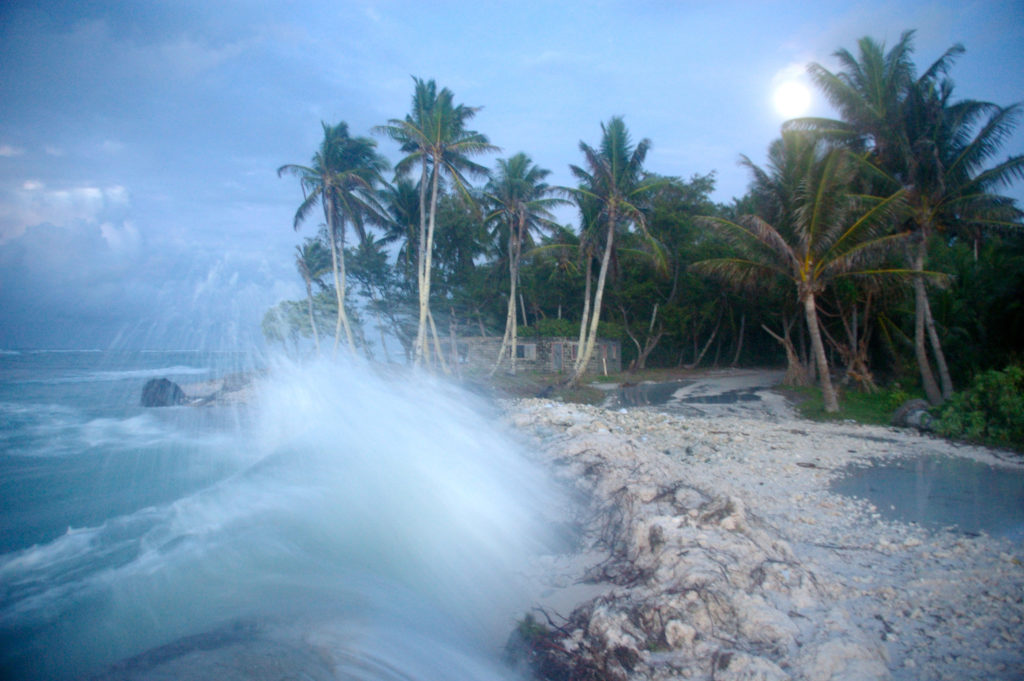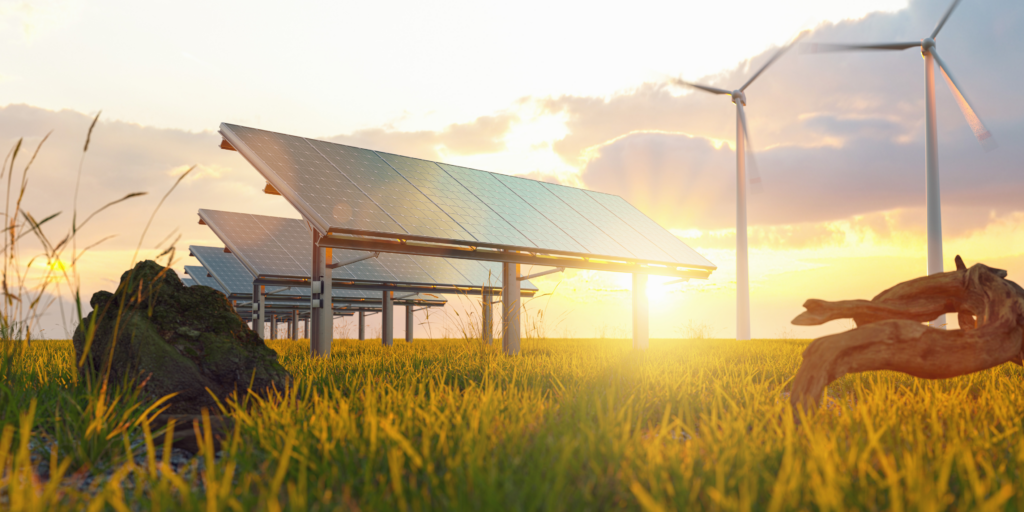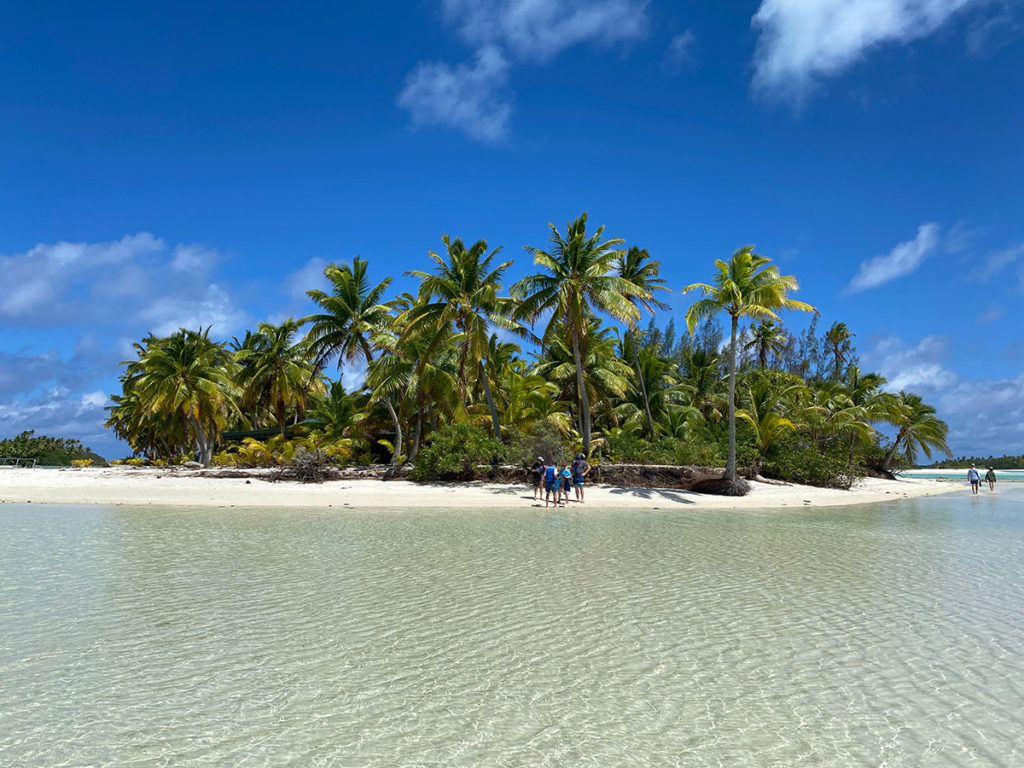Originally published on Renew Economy.
Renew Economy was inundated with requests and questions on how energy retailers are responding to the review of the Renewable Energy Target.
“Who is the greenest?”, is the most common request.
To help address that question, they have taken the trouble to go through the submissions of the biggest retailers.
Here are the summaries. We will let you decide.
Origin Energy
Origin Energy wants the RET changed from the current target to a real 20 per cent target, and the large and small scale schemes rolled into one.
It says this would effectively mean cutting the target from 41,000GWh (plus uncapped rooftop solar), to 23,000GWh (including rooftop solar).
That would mean cutting the planned construction of wind farms from 3,800MW to 1,500MW, and the anticipated deployment of solar PV from 7,000MW to 3,000MW.
It wants the small scale solar scheme (SRES) removed, and upfront payments for rooftop solar stopped. Or, it says, the small scale scheme should be reduced to systems of just 5kW or below. It notes that the average size of household solar systems currently deployed in Australia is 4kW.
AGL Energy
Once the greenest of Australia’s biggest retailers, AGL Energy has changed its priorities since taking advantage of knock down prices to buy the Loy yang A brown coal generator in Victoria (Australia’s largest emitter), and seeking to buy the 4.6GW Macquarie black coal generators in NSW.
AGL now says that the large scale target of 41,000GWh will be impossible to meet – a claim rejected by renewable developers and big international equipment providers such as GE and Vestas – although it does not say by how much the target should be diluted.
AGL Energy, however, does call for the removal of the rooftop solar component of the RET. “Household solar PV now no longer requires subsidies to be an attractive proposition for households.”
EnergyAustralia
EnergyAustralia, owned by Hong Kong-listed CLP Group, agrees with the other big retailers in saying that the large-scale renewable energy target of 41,000GWh is “virtually impossible” to meet. It cites that rapid pace of construction required and the difficulty of financing projects in the current oversupplied electricity market.
Like AGL Energy, it argues that retaining the RET policy is therefore “unsustainable” and wants the target scaled back, but not scrapped. (None of the retailers want this as it would harm the value of the renewable energy projects they have already invested in). It says Australia is already between 17 and 19 per cent renewables and maintaining current target would deliver nearly 30 per cent.
So EnergyAustralia argues for a “real” 20 per cent target for 2020. It does not specify what this means, but it’s earlier numbers suggest not much built between now and 2020, although it says the adjusted target should be “front loaded” to soak up excess certificates. It differs from other major retailers in calling for the small scale component, which includes rooftop solar, to be “capped and phased out” over a responsible time frame, rather than dumped or absorbed into the large scale scheme.
“Ultimately technology production costs will stimulate the deployment of small-scale embedded generation at the appropriate, market determined rate,” it says.
Smaller retailers
Red Energy
Owned by the Snowy Hydro, the company has fallen in line with the position of its ultimate owners,the NSW state government. This essentially means changing the fixed 41,000GWh target to a “real” 20 per cent target, which is similar to origin energy’s position.
However, Red Energy suggests while the 2020 target could be “moderated”‘ the end date could be extended beyond 2030. It does not want the large scale and small scale targets to be combined because small scale solar, and commercial solar, could “crowd out” large scale investments.
Red Energy also recommends increasing the “fixed cost” component of electricity bills to offset what it sees as the impact of rooftop solar on reducing demand from the grid. critics say this will reduce the incentive of energy efficiency and penalise lower income and lower volume users.
Red Energy also argues against “banding” – a mechanism reserving capacity to certain technologies such as geothermal or wave which may be favoured by some Senate independents – and argues in favour of “exit payments” to encourage coal generators to leave the market permanently, rather than just being mothballed.
Momentum Energy
Momentum is a subsidiary of Hydro Tasmania, the biggest renewable energy producer in the country. It says the RET is a key policy for the transitioning of the country’s energy sector, and should be maintained, and expanded beyond 2020.
It says the current 41,000GWh target for large scale renewable is technically feasible, but concedes it could be argued to extend the target, but it also wants the end date pushed out beyond 2030, and future targets for 2030 and 2040 that could only consider increases in the target,rather than decreases.
“If the RET was repealed or effectively ended, it would almost certainly terminate any further investment in large-scale renewable energy projects, and put at risk the long-term viability of existing renewable energy assets,” it says. Hydro Tasmania strongly supports both the architecture and objectives of the current RET, including the aim to achieve at least 20% renewable energy by 2020.
Momentum says the large and small scale targets should not be combined, it opposes banding, and suggests incentives for rooftop solar such as the deeming measure (upfront payments) could be phased down more rapidly than currently legislated.
Powershop
Powershop, owned by New Zealand renewable energy giant Meridian Energy, says the RET has helped to reduce costs for consumers, and to hedge against rising gas prices and a potential future energy crisis. It is the only retailer to call unequivocally for the current target to be retained.
“The LRET should be retained in its current form, to deliver value for consumers and support regional development. Calls to dilute the policy are driven by powerful incumbents (Origin, AGL and Energy Australia – the Big Three) who seek to maximise revenues from coal & gas, conjuring up fears as to affordability and achievability of the policy.”
PowerShop says it is “simply untrue” to suggest the 41,000GWh target cannot be met by 2020, but suggests that a self correcting market system that resets future year targets could be implemented if the build out fails to meet expectations,rather than allowing big retailers to pass on penalty prices to consumers.
It does not favour recombining large and small scale schemes, but days it does not have sufficient expertise to comment on level of rooftop solar incentives.










